A new anime is set to join the lineup of beloved Dragon Ball content with the release of Dragon Ball Daima. Daima, upon its release, will join six other branching series, all of which explore the wide world Akira Toriyama created back in 1984. Several of these shows explore the same continuity, making up the main canon of the Dragon Ball universe. A few of their peers branch out into other, alternate continuities and depart from the story’s canon.
I love Dragon Ball, and I’m well aware that its plot isn’t overly complex, but it can get confusing. Just how many times has Krillin died now? Five? The show’s emphasis on combat — and those overlong, strenuous power-ups — make it easy viewing overall, but this is a nearly 40-year-old show. Its put our favorite characters through a lot over the years, and with so many stories to follow, it’s vital to keep track of what counts as canon and what does not.
What is Dragon Ball Daima?
Dragon Ball Daima is the latest entry in the Dragon Ball lineup and it was announced in early October at New York Comic Con that it will fill in some gaps in the existing story. The anime is set to take place in between Dragon Ball Z and Dragon Ball Super, and while it’s not poised to rehash any of the events already put to page or screen, it will delve into a brand new story following the characters we know and love.
How does Dragon Ball Daima fit into the Dragon Ball canon?
In great news for fans of the primary Dragon Ball story, Daima is, in fact, canon. It’s the latest canon entry in the franchise following Dragon Ball: Super Hero‘s 2022 debut, and fans have been looking forward to its announcement for a while now. While most of us weren’t expecting a story delving into the gap between Majin Buu’s defeat and the rise of the next set of villains, I, for one, can’t deny my excitement. Many of my favorite characters blossomed in this time period and a new opportunity to explore them is great news for all of us.
Fans can expect Dragon Ball Daima to arrive in the fall of 2024 assuming no snags arise during the production process.

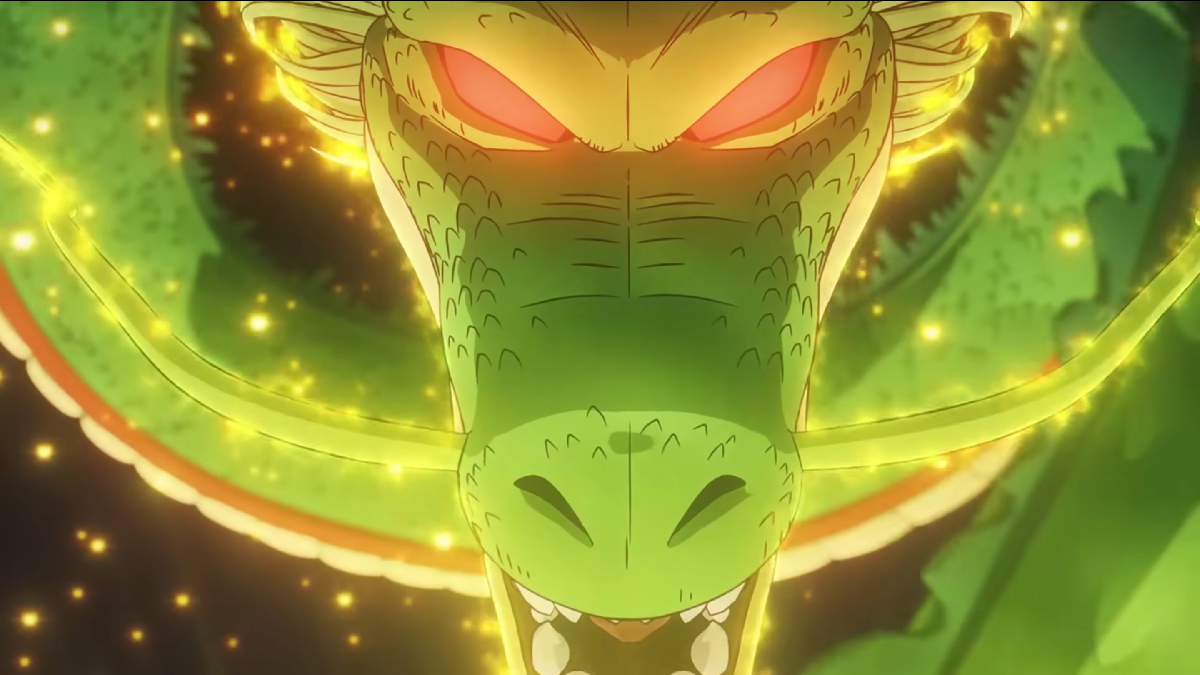


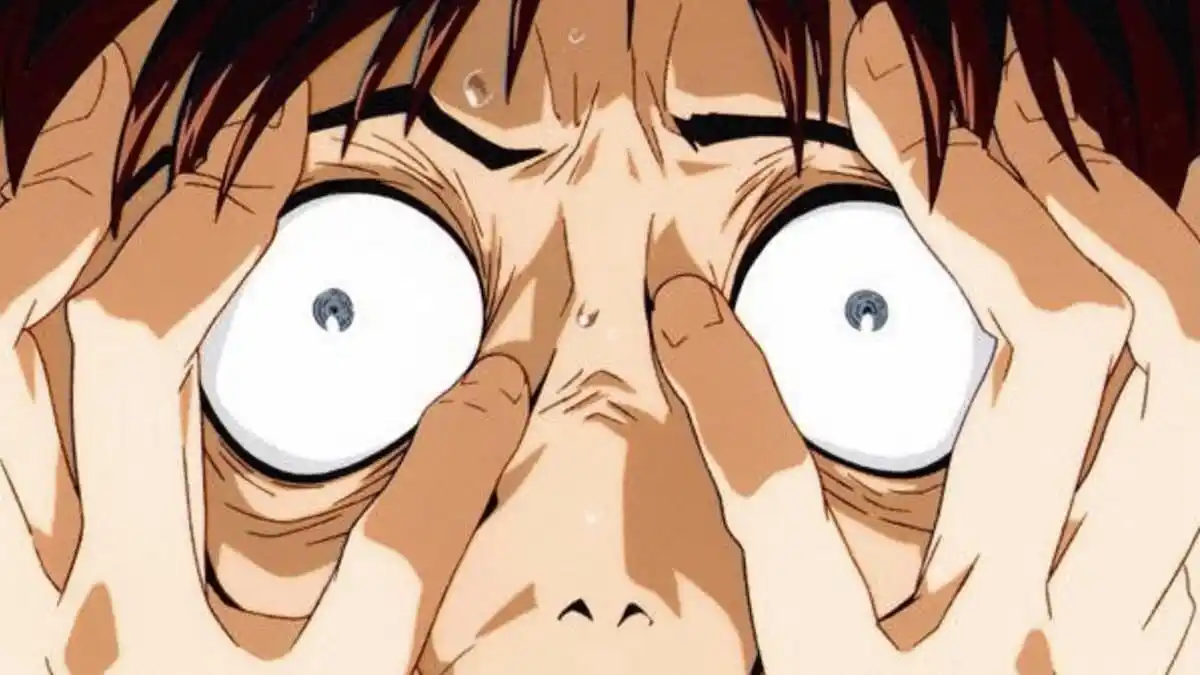
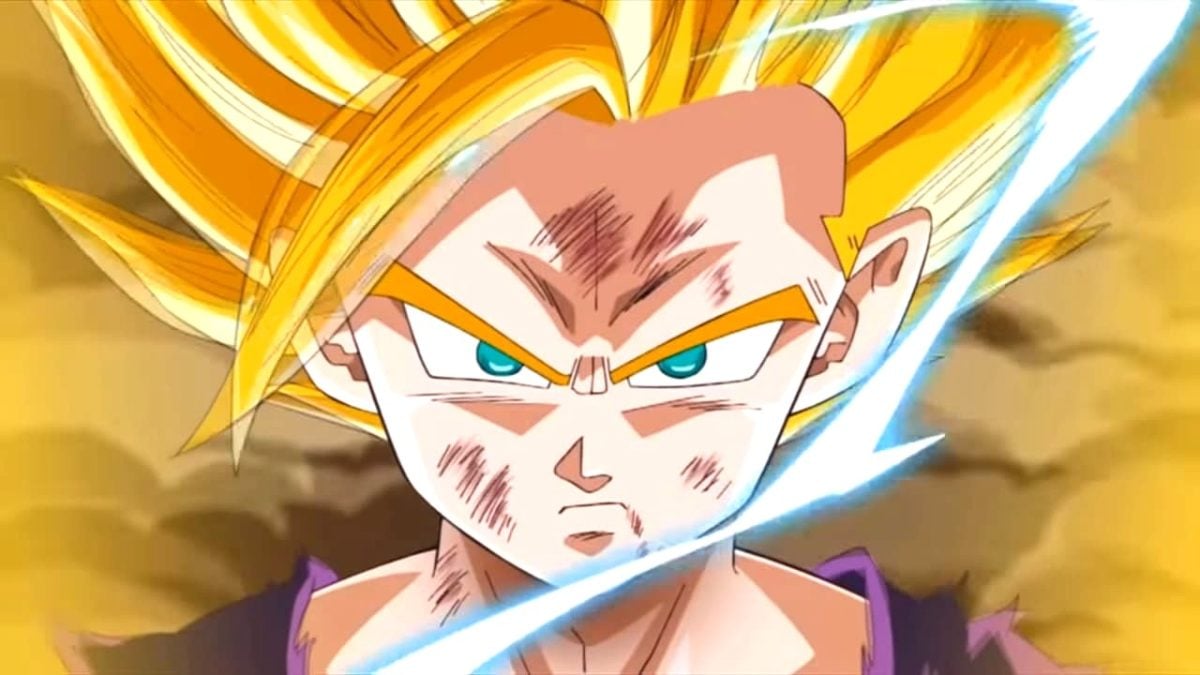
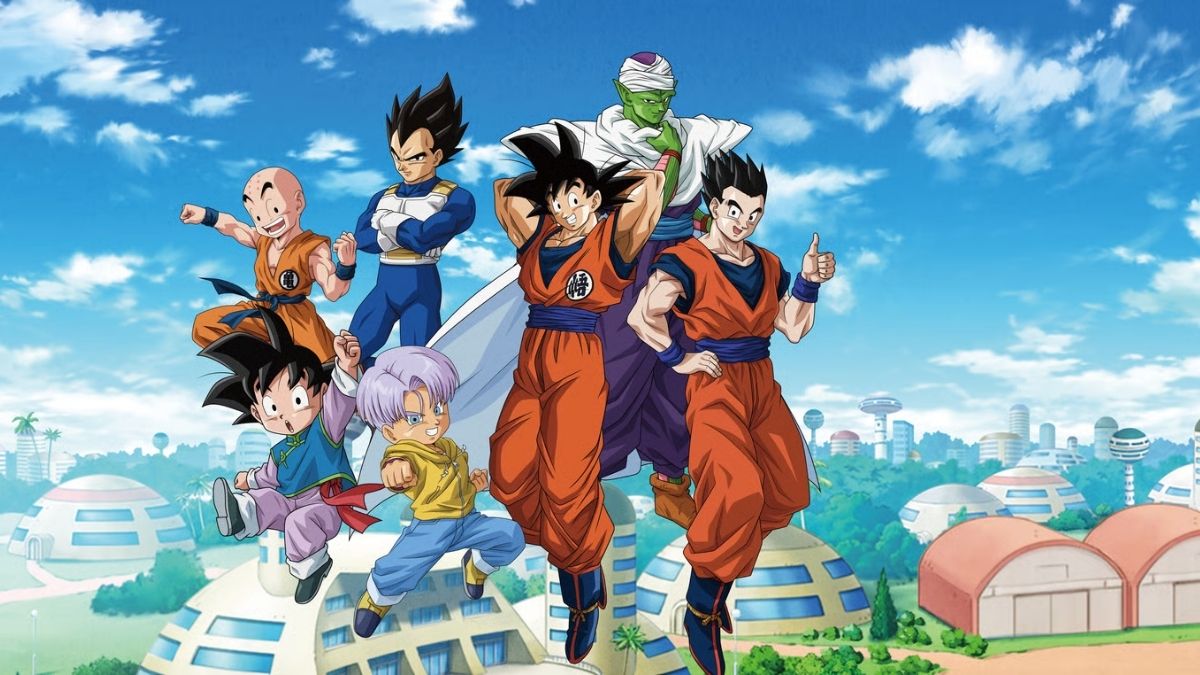
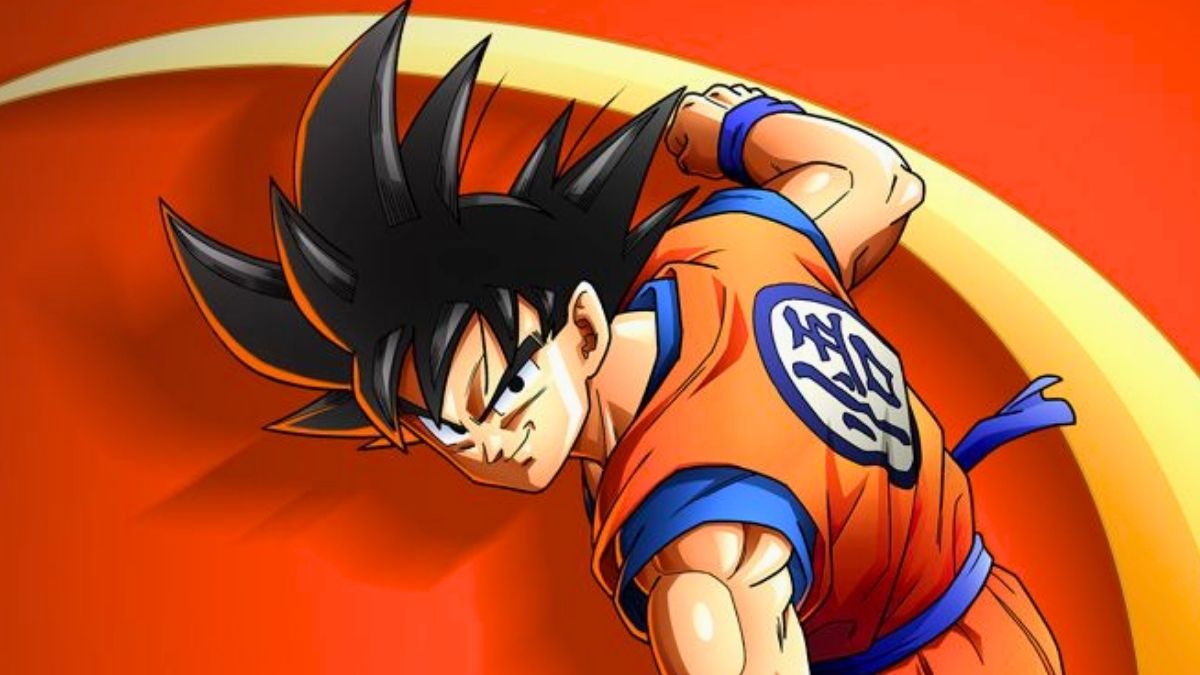



Published: Oct 12, 2023 04:09 pm